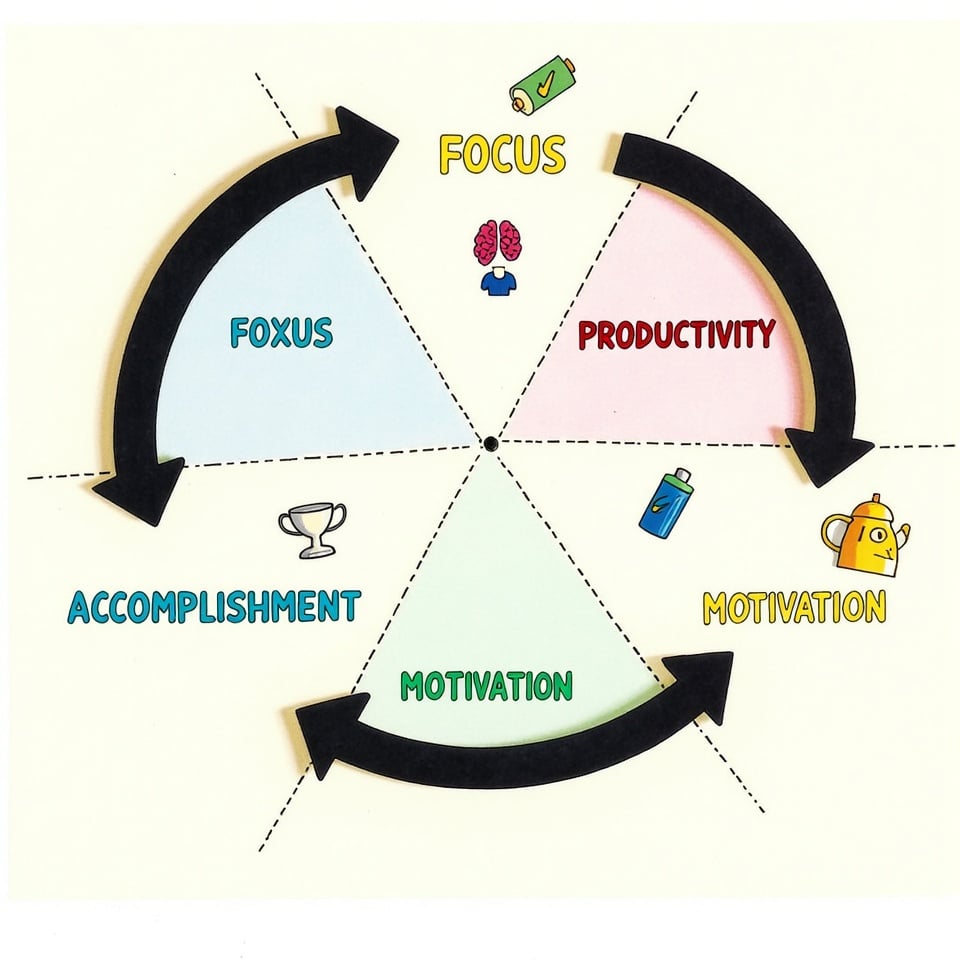A dissertation is a lengthy, in-depth research paper that students typically write at the end of their academic journey.
It’s like a big project that shows what they’ve learned. Writing a dissertation takes a lot of time and hard work.
In this guide, I’ll explain what a dissertation is, its main parts, and how to write one step by step.
Table of Contents
What is a Dissertation?
A dissertation is a formal, written document that presents original research and ideas on a specific topic.
It’s a detailed, lengthy report that students write to complete their graduate degree, such as a master’s or Ph.D.
Crafting a Well-Structured Dissertation
A well-structured dissertation helps you present your research in a way that’s easy to understand.
Here’s a breakdown of the typical components of a dissertation:
Title Page
The title page is the first page of your dissertation and includes the title of your research, your name, and the name of your institution. It should be concise, informative, and free of errors.
Acknowledgements or Preface
The acknowledgements or preface section is where you thank people who have helped you with your research. It can include your supervisor, colleagues, or family members. You can also include any personal or professional background information that is relevant to your research.
Abstract
The abstract is a brief summary of your research, typically around 150-250 words.
It should:
- Provide an overview of your research topic and objectives
- Outline the methodology and main findings
- Highlight the significance and contributions of your research
- Entice the reader to read the full dissertation
Table of Contents
The table of contents is a list of all the sections and subsections in your dissertation, along with their page numbers. It helps the reader navigate your dissertation and find specific sections.
List of Figures and Tables
The list of figures and tables is a list of all the visual aids in your dissertation, including charts, graphs, images, and tables. It should include the figure or table number, title, and page number.
List of Abbreviations
The list of abbreviations is a list of all the abbreviations and acronyms used in your dissertation, along with their full meanings.
Glossary
The glossary is a list of technical terms and definitions used in your research. It helps the reader understand any specialized language or jargon.
Introduction
The introduction sets the stage for your dissertation. It provide a clear overview of your research topic, purpose, and significance.
This section should:
- Introduce the research topic and provide background information to help readers understand the context
- Clearly state the research question or hypothesis and explain its relevance
- Outline the scope and objectives of your research
- Provide an overview of the existing research on the topic and show how your work fits into the broader conversation
- Preview the main arguments and findings of your dissertation
Try Blainy Introduction Generator Now!
Literature Review
The literature review is a critical analysis of existing research on your topic.
It should:
- Summarize and synthesize the main findings of previous studies
- Evaluate the strengths and limitations of previous research
- Identify gaps in current knowledge and understanding
- Show how your research contributes to the existing body of knowledge
Try Blainy Literature Review Generator!
Methodology
The methodology section describes the research design, methods, and procedures used to collect and analyze your data.
It should:
- Explain the research approach and methodology
- Describe the data collection methods and instruments
- Outline the data analysis procedures
- Discuss any limitations or potential biases
Results
The results section presents the findings of your research, including any data, statistics, or visual aids.
It should:
- Report the results in a clear and concise manner
- Use tables, figures, and graphs to illustrate the findings
- Highlight any trends, patterns, or correlations
Discussion
The discussion section interprets the results and discusses their implications.
It should:
- Explain the meaning and significance of the findings
- Relate the findings to the broader research context
- Discuss the implications for practice, policy, or future research
- Identify any limitations or areas for further study
Conclusion
The conclusion summarizes the main findings and implications of your research.
It should:
- Restate the research questions and objectives
- Summarize the main findings and contributions
- Discuss the implications and recommendations
- Provide a final thought or call to action
Reference List
The reference list is a list of all the sources cited in your dissertation, formatted according to the chosen citation style.
Try Blainy Reference/Bibliography Generator!
Appendices
The appendices are like extra pages that have more information that helps explain your research.
This can include things like:
- Raw data (like numbers or facts) that you used in your research
- Extra pictures or charts that help show what you found out
- Detailed explanations of how you did your research (like a recipe for a science experiment)
The Writing Process
Writing a dissertation is a big project that involves several steps.
Here’s an overview of the writing process:
Conducting Research and Gathering Data
Before you start writing, you need to do some research and gather data.
This include:
- Reading books, articles, and other sources to learn about your topic
- Collecting data through surveys, interviews, or experiments
- Taking notes and organizing the information you gather
- Analyzing the data to see what it tells you about your topic
Check out our guide on How to find Research Articles?
Outlining and Drafting Your Dissertation
Once you have all your research and data, it’s time to start writing.
This involves:
- Creating an outline to organize your ideas and structure your dissertation
- Writing a first draft, using your outline as a guide
- Filling in the details and supporting your arguments with evidence
- Making sure your writing is clear and easy to understand
Proofreading and Editing
After you’ve finished writing, it’s time to review and revise your work.
This include:
- Reading over your draft to catch any mistakes or errors
- Checking to make sure your writing is clear and concise
- Making sure your arguments are strong and well-supporte
- Getting feedback from others to help you improve your work
Defending your dissertation
After you’ve completed your dissertation, you’ll need to defend it in front of a panel of experts. This is called a dissertation defense. Here’s what you need to know:
What is a dissertation defense?
A dissertation defense is a meeting where you present your research to a group of experts and answer their questions.
It’s like a big presentation, where you show off your work and demonstrate your knowledge.
What happens during a dissertation defense?
During the defense, you’ll typically:
- Give a short presentation (usually 10-20 minutes) that summarizes your research
- Answer questions from the panel of experts
- Discuss your research and its findings with the panel
- Defend your work against any criticisms or challeng
How can you prepare for a dissertation defense?
To prepare for your dissertation defense, you should:
- Practice your presentation until you feel confident and comfortable
- Anticipate questions that the panel might ask and prepare answers
- Review your research and be ready to discuss it in detail
- Get feedback from your advisor or colleague to help you improve your presentation
What’s the goal of a dissertation defense?
The goal of a dissertation defense is to demonstrate that you’re an expert in your field and that your research is original and valuable. If you pass, you’ll be awarded your degree and can call yourself a doctor!
Dissertation vs. Thesis
You might have heard people talk about dissertations and theses, but what’s the difference?
What is a thesis?
A thesis is a big project that students do when they’re in college or working on a master’s degree. It’s like a really long essay that shows they know a lot about a certain topic.
What is a dissertation?
A dissertation is an even bigger project that students do when they’re working on a special kind of degree called a doctorate. It’s like a really, really long book that shows they’re an expert on a certain topic.
So, what’s the difference?
The main difference is that a dissertation is longer and more complicated than a thesis. A dissertation also has to be completely new and original. Student has to come up with new ideas and discoveries that nobody else has thought of before.
Here’s a simple way to remember the difference:
- A thesis is like a small puzzle that you complete to show you know something.
- A dissertation is like a huge puzzle that you create yourself, and it has to be something that nobody else has ever seen before!
So, while both theses and dissertations are important, they’re not exactly the same thing.
Related reading: How to Write a Thesis Statement?







